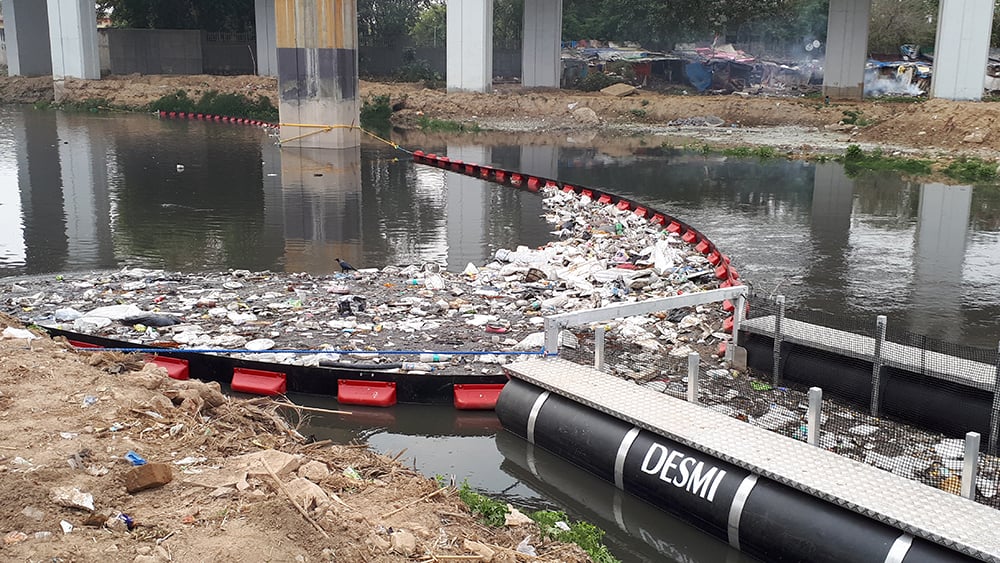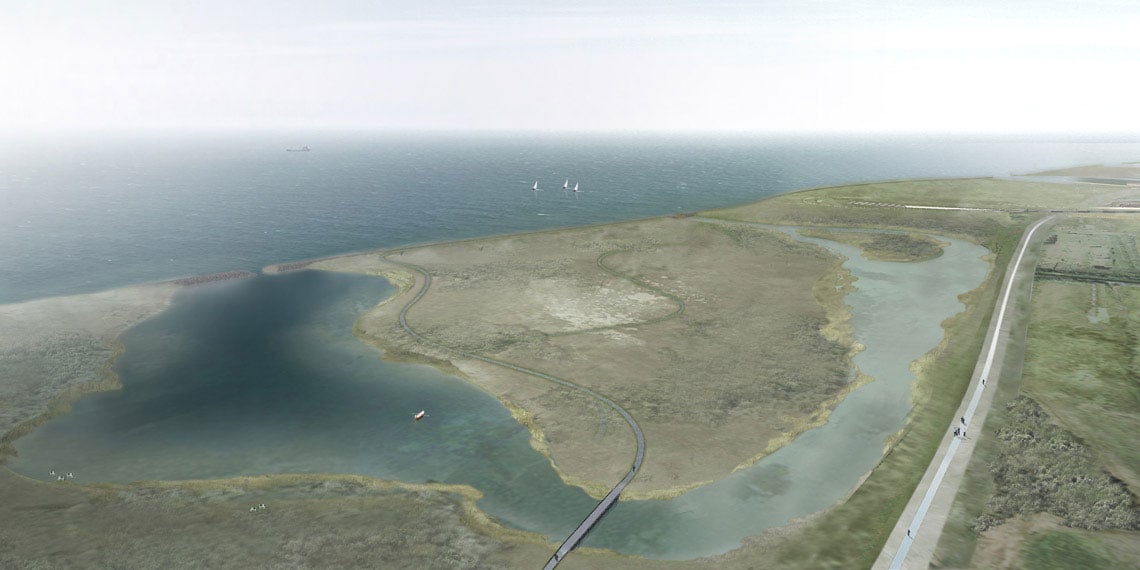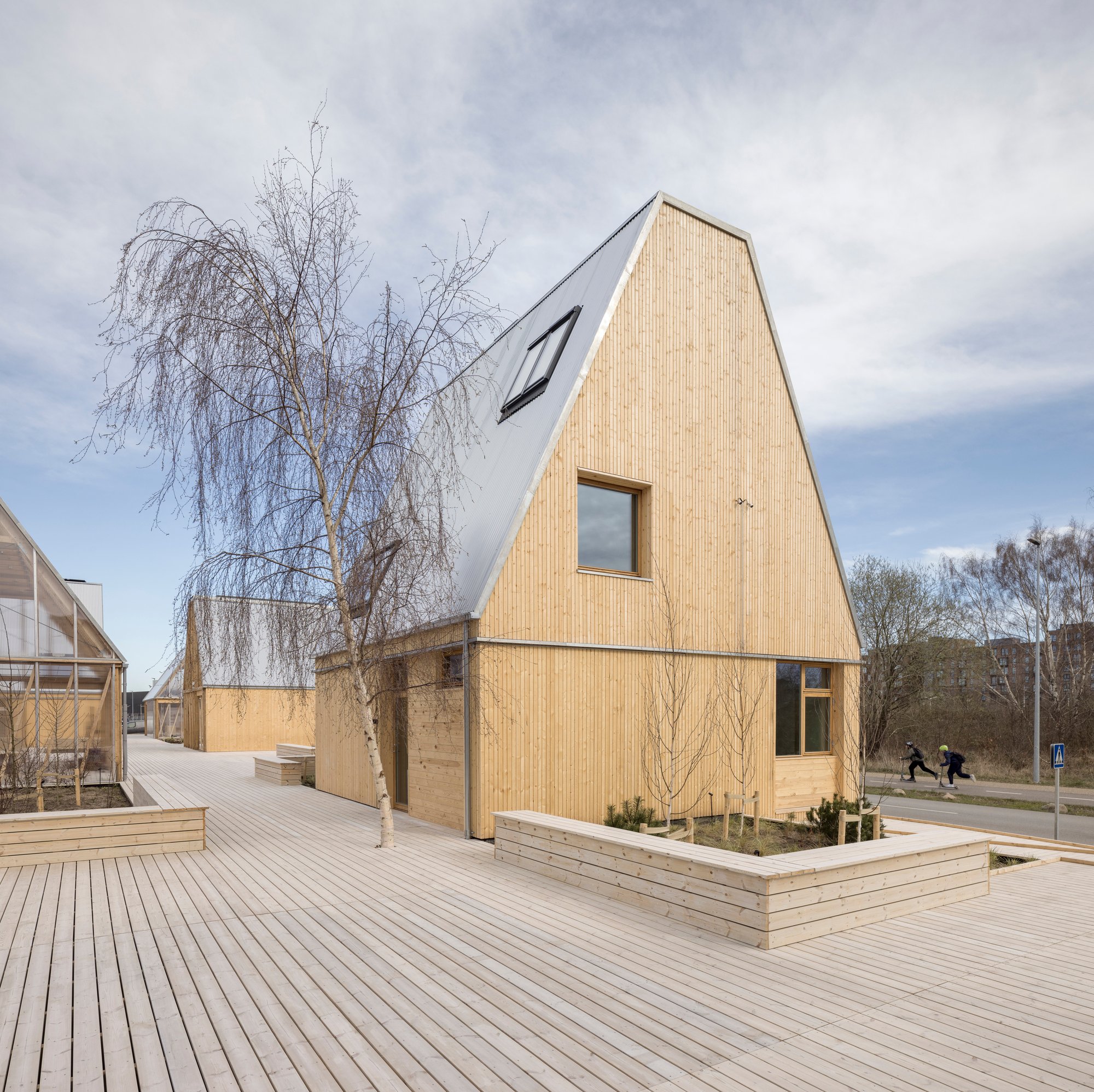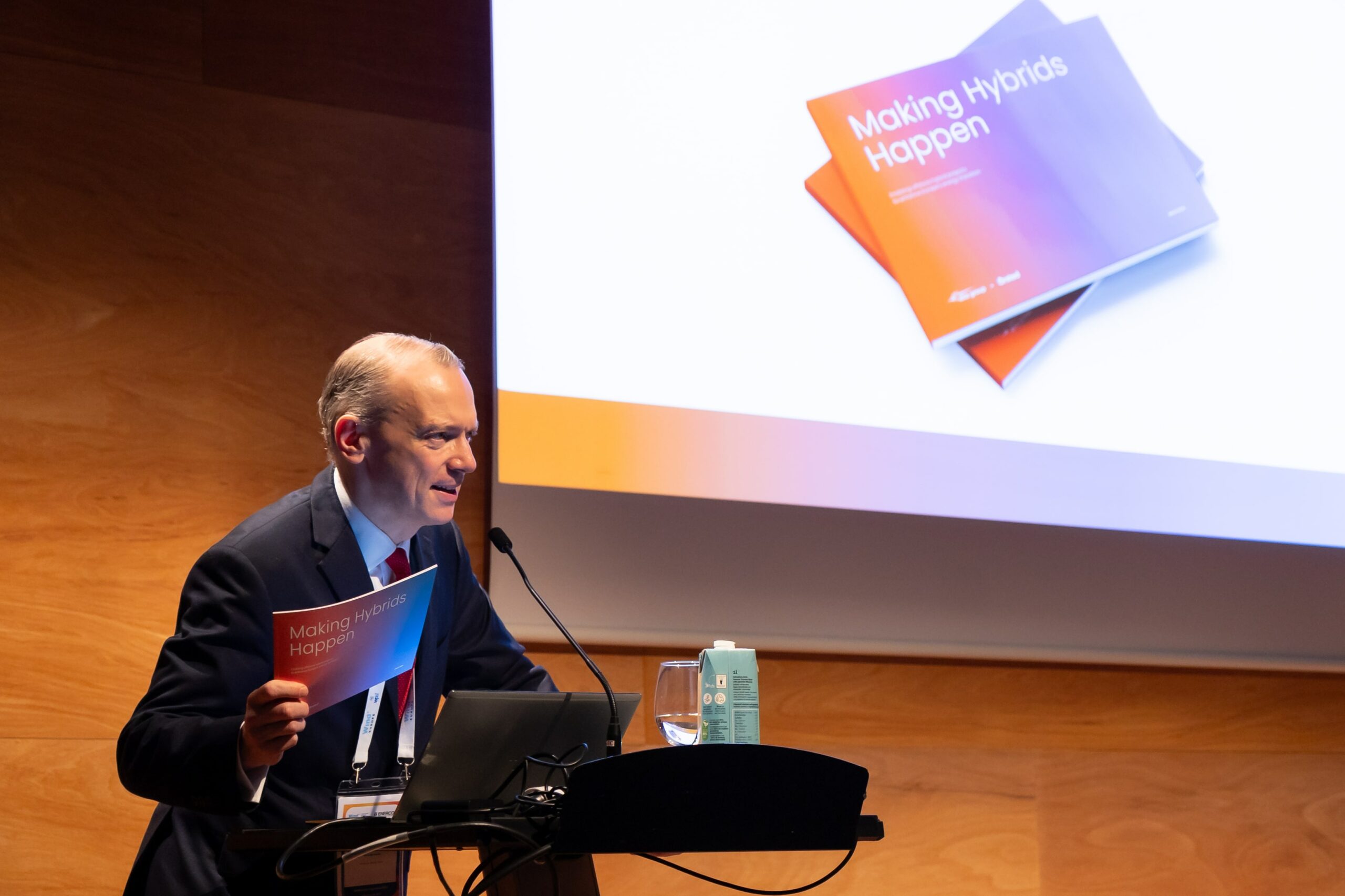News
Buildings
Climate change adaptation
Energy efficiency in buildings
+4
3 examples of holistic urban solutions: an architectural perspective


Creating liveable cities means taking a holistic approach to urban development. Doing so enables the development of smart, urban solutions that not only make cities sustainable, but also healthy, safe and attractive places to live in.Danish cities, companies, consultants and utilities have a longstanding tradition in implementing urban development projects that have been conceived through holistic planning where concern for the environment, people and businesses go hand in hand.
In May, a broad range of Danish organisations united to create a knowledge hub for Danish city solutions – State of Green CITIES. Each month we will bring you a perspective from one of the members on how they work and contribute to holistic urban development in Denmark and around the world. This month the Danish Association of Architectural Firms provides you with 3 examples of holistic urban solutions that architectural companies contribute to.
Photo: The City Dune by SLA Architects - Jens Markus Lindhe
1. Resilient neighborhoods – climate mitigation as a positive contribution to urban life
In the past decade, Copenhagen and other Danish cities experienced several unprecedented incidents of flooding, due to excess rainfall, which cost society billions of Danish kroner in damaged property. Sewers were clearly not dimensioned to handle the pressures of heavier rains due to a warming climate. Something had to be done. It is difficult to secure already built up districts against flooding, as sewers are extremely expensive to construct or renovate and eventual repairs or upgrades create severe disruption while works are in progress. The Danish solution was to use landscape architecture to create green areas and parks where plants and design artificial topographies retain water. In emergency situations these green areas minimize the need for expensive sewer solutions, and the cost is 75% less than a full upgrade of the sewer systems. Et voilá - at all other times the new green areas are assets to urban life.
The City Dune by SLA Architects is Copenhagen’s first fully climate adapted urban space. The area is privately developed as the site of the Swedish Bank SEB Bank & Pension’s Scandinavian headquarters and is fully accessible to the public at all times. It is designed to produce a pleasant, stimulating urban connection in its local area. Rainwater is collected and circulated for plants, bushes and trees, stimulating a rich biodiversity. The greenery cools the air in the summer and creates fresh oxygen for the urban microclimate. Excess rainwater is led to Copenhagen harbour. The client, SEB Bank & Pension, has experienced a significant positive branding effect from the project.
Photo: Ryesgade 30 by Krydsrum Architects
2. Energy efficiency and urban density
Reducing the use of energy in the existing building stock is one of the key resource and environmental challenges facing cities today. At the same time, cities need to accommodate more people in central urban areas. Both challenges can be solved with the same design approach. Existing buildings’ real estate value accounts for a great share of citizens’ and society’s capital assets. Nor should we forget the cultural capital they embody. A Danish research report by BARK and Incentive documented that the property value of heritage buildings is 30% higher than ordinary ones. In other words, we need to add value when energy retrofitting existing buildings. Energy savings should never be the sole motivating factor, and nor should they compromise the architectural quality of buildings. Luckily, intelligent design approaches are showing their worth.
Ryesgade 30 by Krydsrum Architects is a complete retrofit of a 130 year old building located in Copenhagen, which maximized value for its tenants and its owner. New penthouse apartments and a shared rooftop terrace replaced the unused attic, allowing access to daylight and splendid views. The value of the extra apartments more than financed the retrofit of the entire building, saving more than 50% of energy use while upgrading the comfort and architectural solutions. The project gives the client a healthy return on investment and allows the city of Copenhagen to accommodate more citizens. The heritage value of the building is ultimately enhanced.
Photo: Danmarkshusene by Vandkunsten - Stamers Kontor
3. Affordable housing and circular economy principles combine
The pressures on urban land and resource use make it imperative to develop new innovative housing concepts that allow citizens on a normal income level to live in central urban areas. At the same time, we need to go beyond energy efficiency and look at resource use and environmental impacts on a wider scale. Danish architects are rapidly developing projects that incorporate circular economy principles to manage material use and reduce environmental impacts over the entire life cycle of buildings. The beauty of this approach is that they enhance social cohesion and reduce operation and maintenance costs in the long-term.
Danmarkshusene by Vandkunsten Architects is a social housing project in Rødovre, a suburb located in the Greater Copenhagen Area. The 72 housing units are built with pre-fabricated wooden construction elements clad in slate shingles. Designed to be reduce costs and construction time on-site, the project has reduced rents by an impressive 22% and the environmental impacts by a 68% reduction of CO2-emissions. It is also fully focused on creating social value for the tenants. The project involves, empowers and enables the tenants to participate in the operation and maintenance of the buildings and the shared green areas. The tenants formed a community to do so, which has reinforced social cohesion with the result that people rarely move out once in.
About State of Green CITIES
The members of State of Green CITIES represent different Danish competencies within holistic urban solutions. The members include State of Green, Confederation of Danish Industry, Danish Energy Association, Danish Association of Architectural Firms, FRI (the Danish Association of Consulting Engineers), DI Energy, DI Byg, DI Digital, DI Transport.
You should consider reading
solutions
Energy efficiency in buildings
+2















